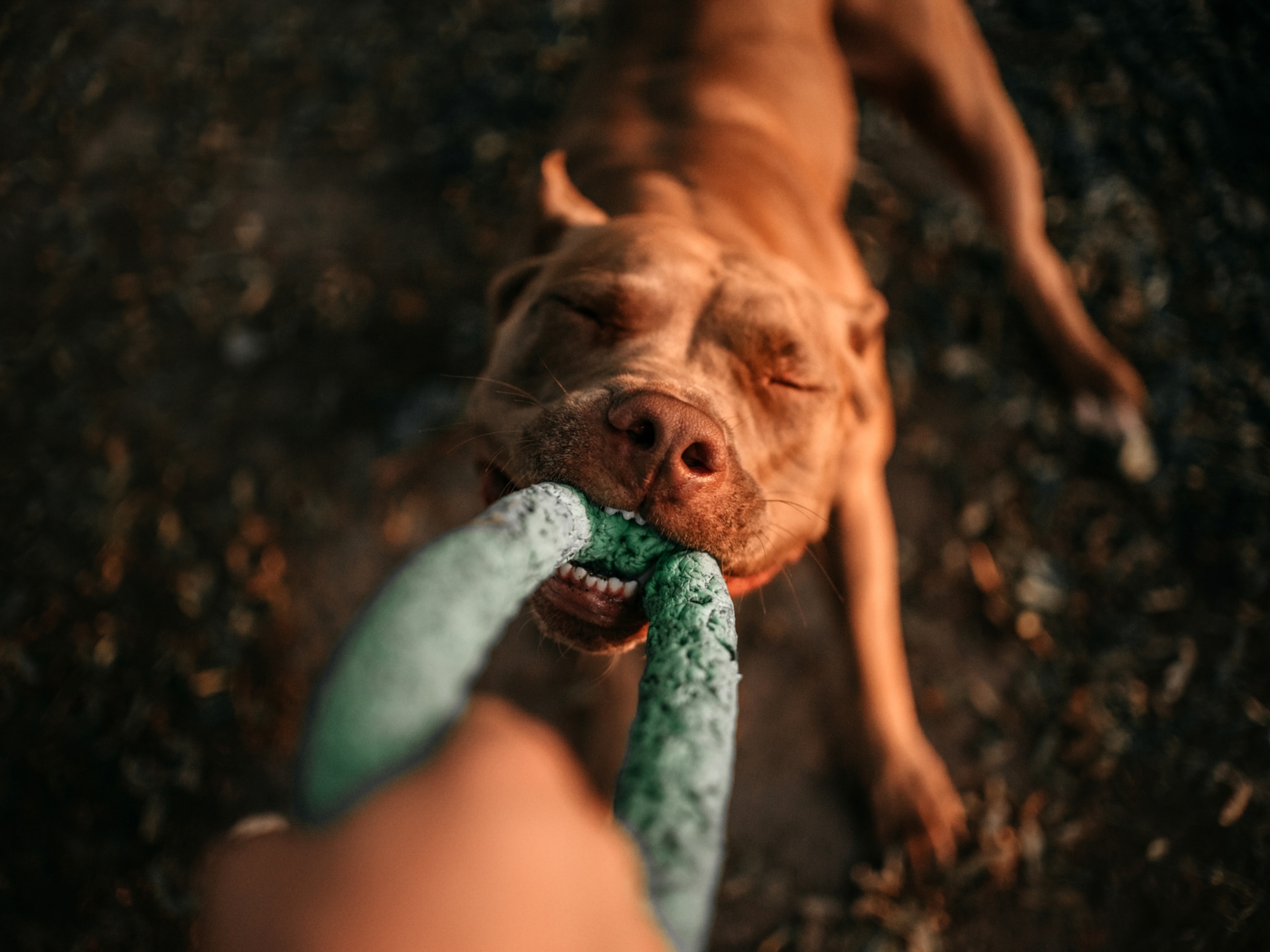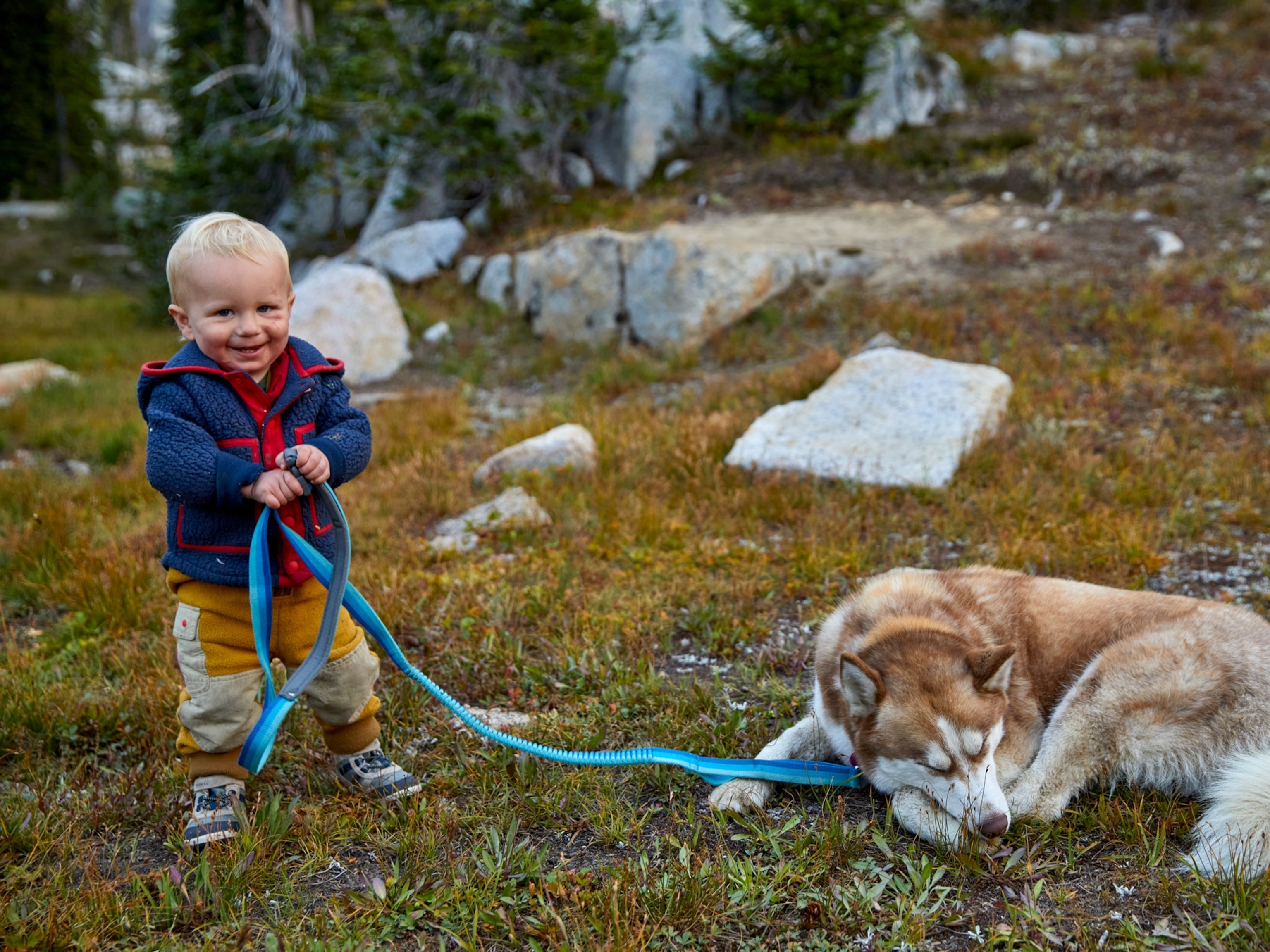Dogs Show 'Sad Puppy Face' More Often When Being Watched
The find may shed light on the domestication of man's best friend—a relationship some 30,000 years in the making.
Dogs change their facial expressions when they know people are looking at them—perhaps in an effort to communicate.
For instance, canines in the study would make the classic "sad puppy face"—raising their inner eyebrows to make their eyes look larger and more infant-like—when looking into a human's eyes.
The discovery adds to scientists' ever-growing understanding of man's best friend, one of our species's longest companions. Humans and dogs have lived side by side by some 30,000 years, and along the way, evolution seems to have sculpted dogs' behavior. (Read why dogs are even more like us than we thought.)
Research has shown that dogs constantly monitor humans, intently watch our gestures, and in comparison to hand-reared wolf puppies, tend to look up at human faces more often.
“Dogs read human gestures and communicative signals in ways other animals can't,” study leader Juliane Kaminski, a psychologist at the U.K.'s University of Portsmouth, says by email.
Sad Face
To better understand how dogs use their faces, Kaminski's team examined how 24 family dogs—randomly drawn from a database of volunteer families in Germany—reacted to four scenarios.
One at a time, the dogs were taken into a quiet room and situated a few feet away from a person they'd never met before, who progressed through four positions: The human faced the dog and held a treat, the human faced the dog empty-handed, the human turned away from the dog and held a treat, and the human turned away from the dog empty-handed. (Read why dogs are so friendly.)
Throughout, a camera filmed the dog's reaction, letting researchers carefully go back through and identify the dog's facial expressions. To take guesswork out of it, the team relied on a rubric that defines facial expressions by the specific muscles the dog flexed.
In particular, Kaminski's team focused on the common "sad puppy" facial expression, which is called AU 101. Previous studies show people have a soft spot for this expression: Study co-author Bridget Waller has found dogs that more frequently express AU 101 tend to get adopted more quickly than those that don't.
The researchers found the dogs were more facially expressive when the human faced them, especially with AU 101—showing a clear change in behavior as a result of human attention. (See National Geographic's portraits of dogs.)
“We believe that this shows that this movement is potentially tapping into a preference humans have,” says Kaminski, whose study was published October 19 in the journal Scientific Reports. "...The movement makes the dogs eyes appear larger [and] more infant-like, and also resembles a movement that humans make when they are sad.”
No Dinner-Table Effect
Kaminski emphasizes, however, that her study can't predict whether dogs made faces with the intent of manipulating humans. Her results show only that dogs are more facially expressive, but not why. (See "Can Dogs Feel Our Emotions? Yawn Study Suggests Yes.")
“We do not see what we would call the 'dinner-table effect,' dogs drying to produce a 'super-cute' face when the human sees them [and also is] presenting food to them,” Kaminski says.
“If dogs produced those facial movements with the intent to manipulate us, that would have been the condition where we might have expected them to do something different, but they didn't.”
Kaminski hopes that future research will untangle this lingering riddle, shedding light on how domestication may have given rise to the behavior.





